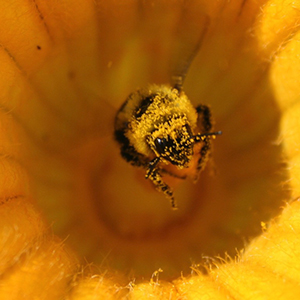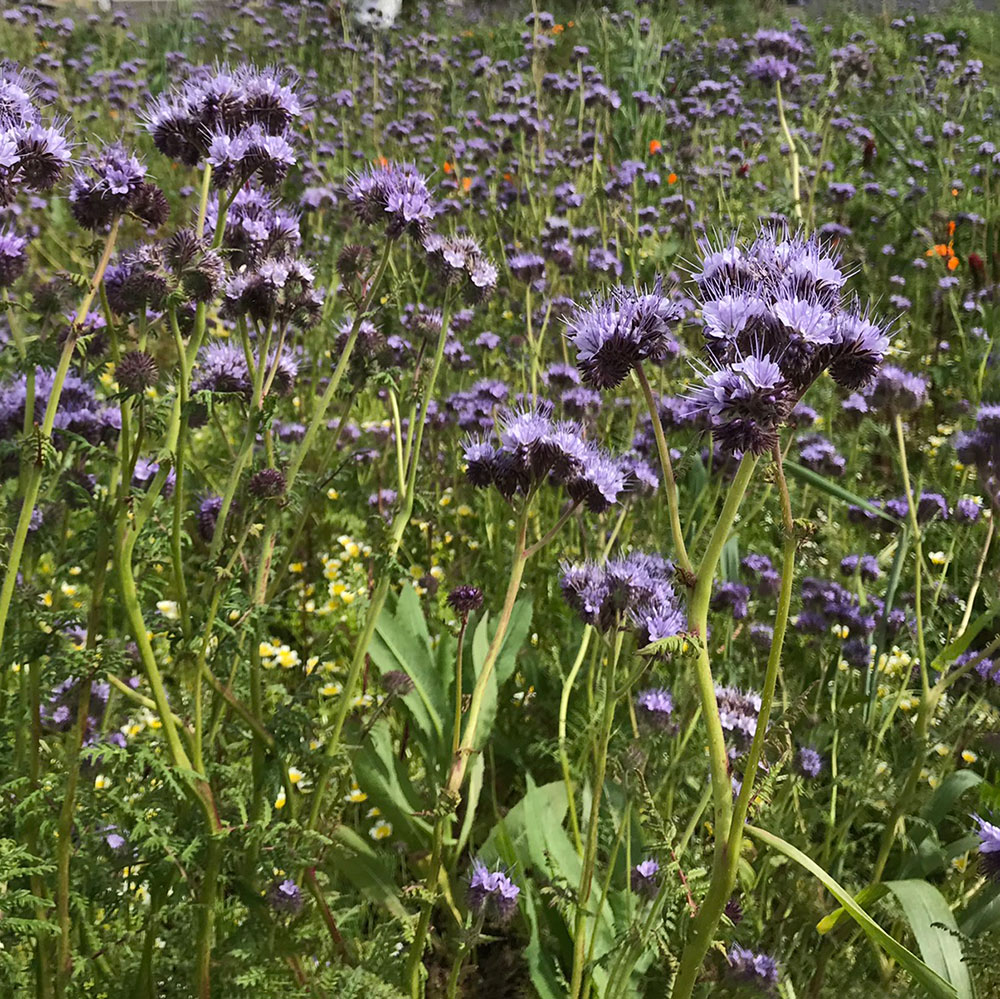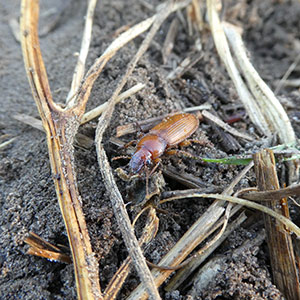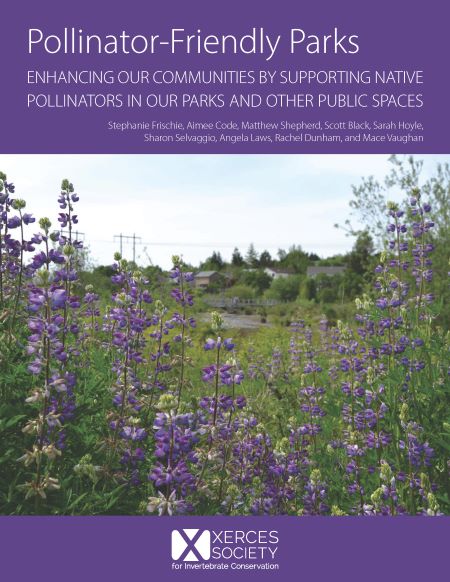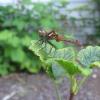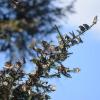Plan, Prepare, Install, and Manage Habitat
From decades of habitat restoration work and research we know that when you give pollinators the habitat they need and protect it from pesticide exposure, their populations improve. From expansive meadows and mile long hedgerows to backyard butterfly gardens and everywhere in between — every landscape can be optimized to support pollinators.
Manage Pests While Protecting Pollinators
Whether conventional or organic, all pesticides can pose a risk to pollinators if not used properly. Learn about the risks pesticides pose to pollinators, what measures can be used to reduce harm, and the many alternatives available to foster alternative methods of pest control.
Plant Cover Crops
Flowering cover crops provide valuable forage to bees and beneficial insects, and provide additional benefits, including: reduced erosion, increased soil organic matter, weed suppression, and nutrient cycling. Cover crops can be planted in fields during winter or summer fallow periods, and can also be intercropped between crop rows.
Provide Access to Bee Nesting and Overwintering Sites
Like us, pollinators need a place to call home. To meet this need, farmers can provide pithy-stemmed plants for cavity-nesting bees, undisturbed ground and hedgerows for soil-nesting bees, and butterfly host plants.
Build Climate Resilience
Farmers are taking action to make their own farms and surrounding habitats more resilient to climate variability. Habitat projects on agricultural lands have the dual benefit of supporting pollinators and increasing stormwater infiltration, increasing soil carbon and soil water holding capacity, shading streams, and more. These multiple benefits of permanent habitat lead to more resilient agricultural systems.
Get Bee Better Certified
Learn how your operation can become Bee Better Certified™ and join the movement to make agriculture better for bees. Bee Better Certified ingredients qualify for use of the Bee Better seal on pack, the gold standard in biodiversity food labeling. Since 2017 Bee Better Certified foods ranging from fresh produce, to processing grains, to ice cream ingredients have been highlighted in major retail campaigns and farm media. Conventional and organic operations may be eligible, based on the maintenance of on-farm habitat and the use of integrated pest management practices.
Farm With Soil Life
The life and biological productivity of farms depend on good soil health. Healthy soils are self-sustaining and functioning ecosystems of plants, microbes and animals. Many of those animals are invertebrates that can help imprive your soil.



